Ranches for Free: Birdwell Creek - Planned Grazing
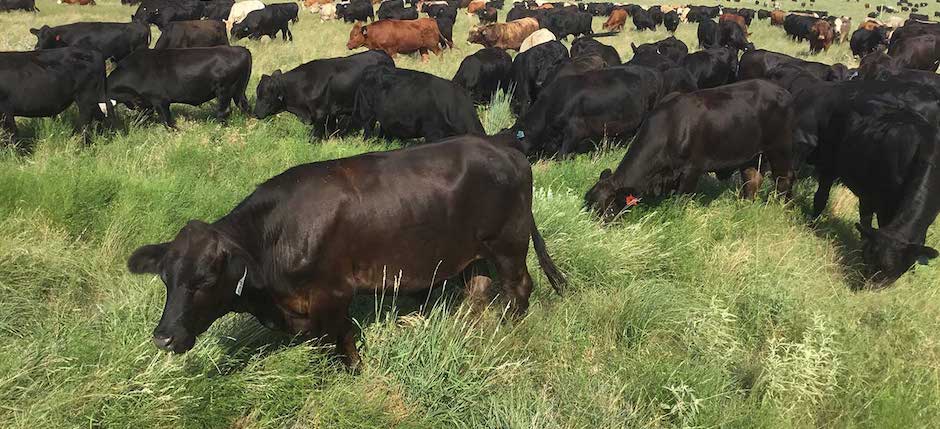
Here is a Texas example of high density planned grazing, which means the owners greatly increased cattle numbers and animal density, improving habitat and forage production. The increase in productivity per acre is like getting a ranch (or two) for free. These results directly contradict the agency-university biases against cattle in general and holistic planned grazing in particular.
Plants need animal impact as much as animals need plants. To make this work, graziers mimic nature: Think of a bison herd back in the day. Planned graziers recognize that overgrazing is a result of timing, not animal numbers, so, we control the length of grazing and allow adequate plant recovery before regrazing.
NOTE: This post initially appeared on Birdwell and Clark Rich’s Blog Site
Emry is fond of saying, “If Quanah Parker came back, I hope he would say this looks like it did before.”
There’s no doubt that this has always been a good ranch with productive, tall prairie grasses. For as long as anyone can remember, the ranch was grazed as a traditional cow/calf operation. It was evident when we acquired the ranch that the previous owner and lessee cared deeply about this place. Grazing management followed the practice of the time with vast pastures of several hundred acres interspersed with large tanks or ponds for watering.
Emry studied under Allan Savory in the 1980’s learning the benefits of holistic management. Emry focused on a managed grazing plan that included adequate recovery time for forage between grazing periods and animal impact. When we arrived at the ranch in 2004, Emry immediately went to work subdividing the large pastures by installing 150 miles of single-strand electric fence. This effort resulted in approximately 140 paddocks ranging in size from 45 to 145 acres. Paddocks centered around the water sources which were the limiting factor on the ranch. In the original plan, the ranch was grazed as three cells of approximately 4,000 acres each: North, South, and West. Three herds of 1500-1800 head grazed in a managed plan in each cell.

The drought years, 2011 – 2014, forced two significant changes to our grazing plan.
First, in 2011, we were forced to sell one herd early because we were running out of water and grass. To give adequate recovery time for plant growth in a drought period, the remaining two herds were combined and moved through the entire 14,000-acre ranch. No longer were there three cells. The entire ranch was treated as one cell. It was a tense but exciting time as Emry learned how to manage 3,300 head in one herd and plan the moves to maximize recovery time for forage. The “one herd” worked so well we’ve never looked back.
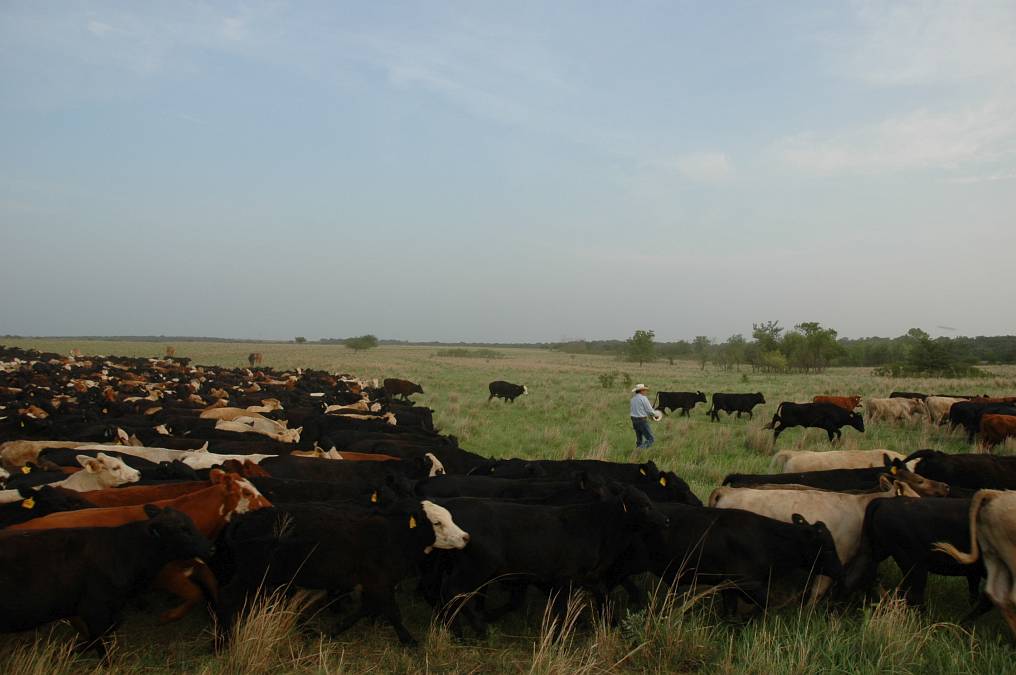
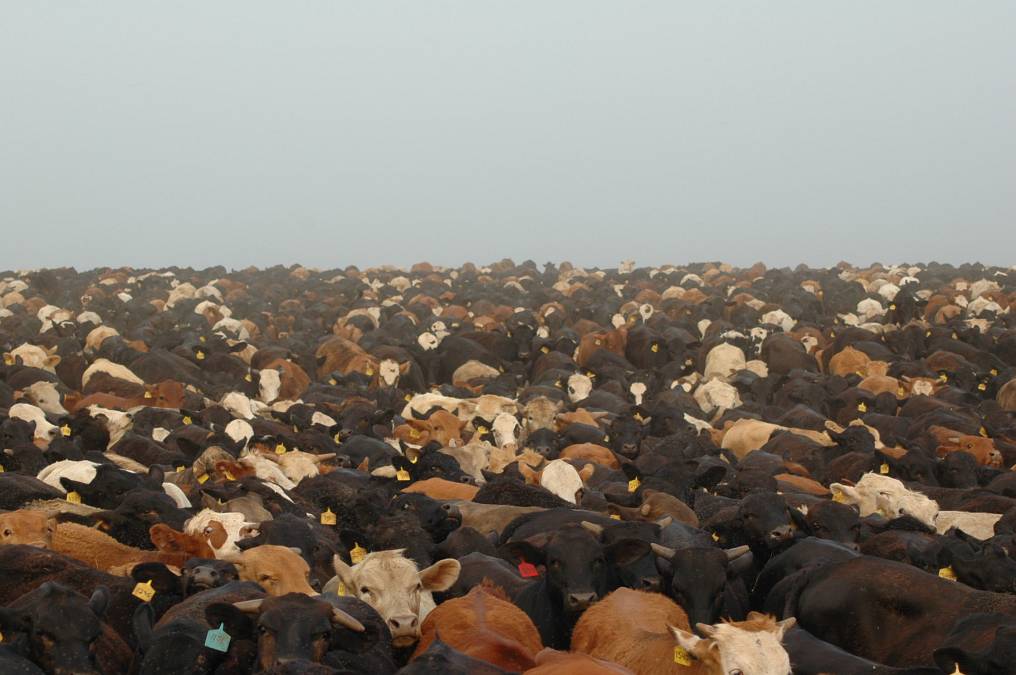
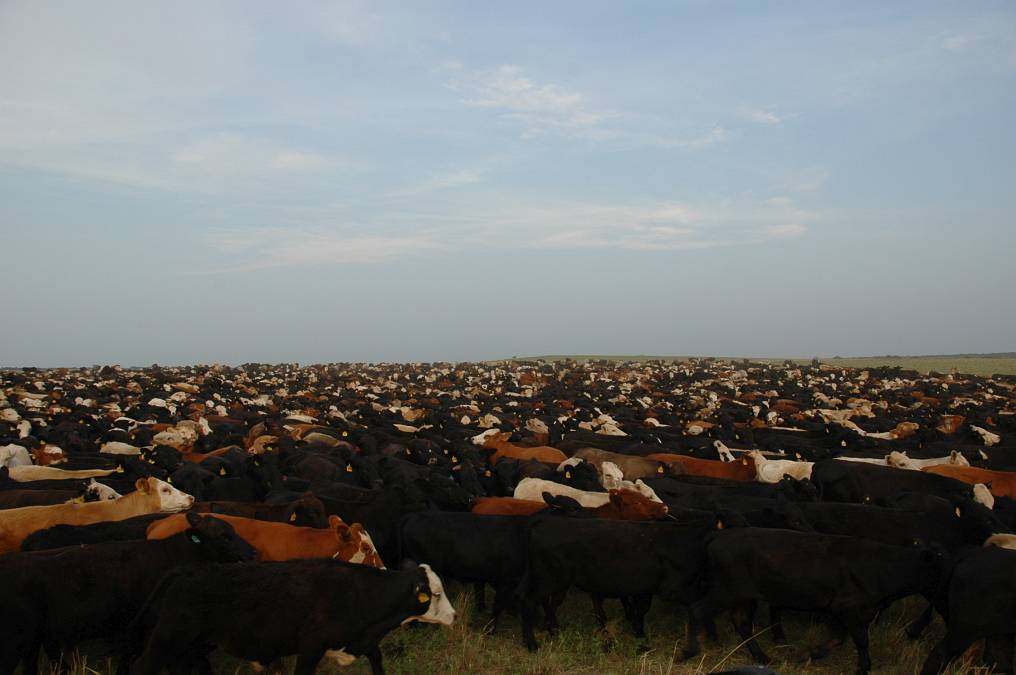
The second significant change came about in the delivery and access of water to the herd. Clearly, 3,300 or more head of cattle drinking out of a single, shrinking water source was problematic. Out of necessity, Emry devised a plan to take the water to the cattle. Miles of HDPE pipe were buried carrying water from the two largest water sources on the ranch to two 40,000 storage tanks and then out to the paddocks. A mobile water trough, made from an old propane tank, was configured with floats and connected to strategically located valves to the buried water pipelines. The use of this mobile water trough resulted in quality, fresh water delivered to the cattle in any paddock on the ranch. A second benefit is that the mobile water trough can be moved anywhere in a paddock where animal impact is needed.
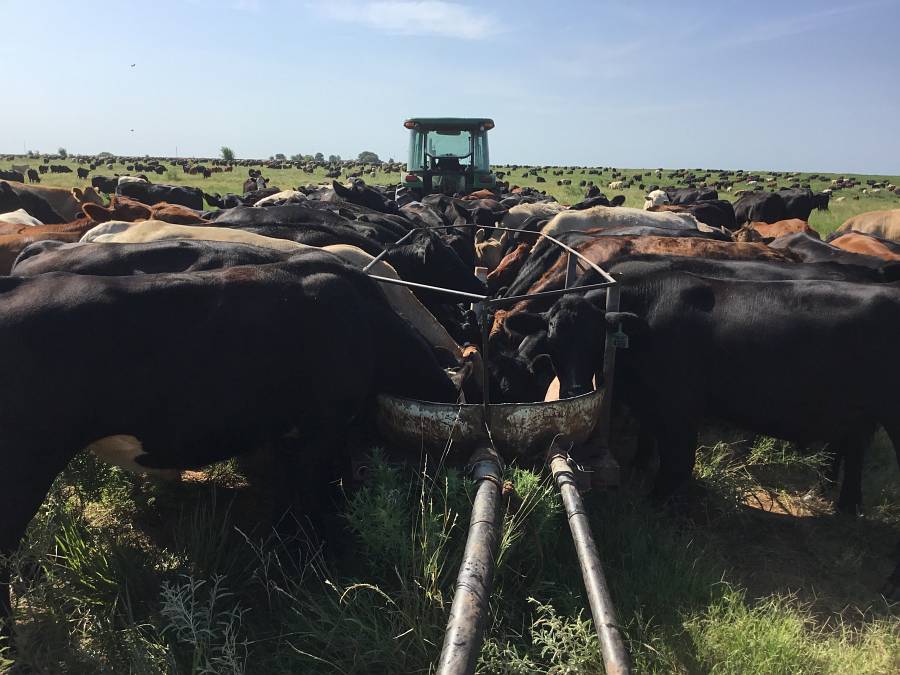
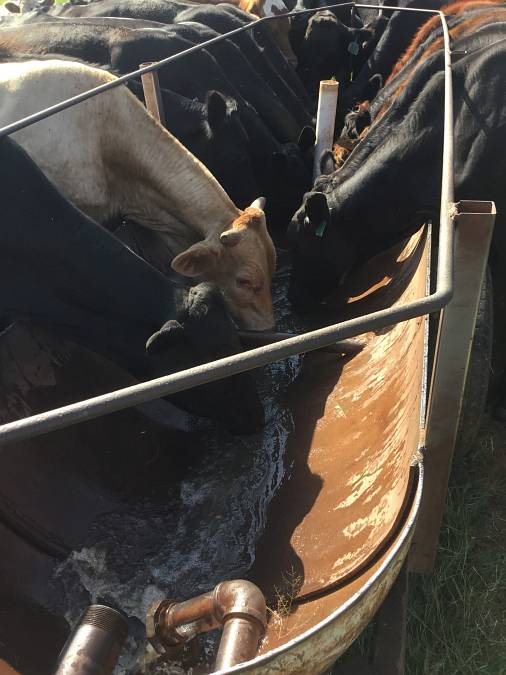
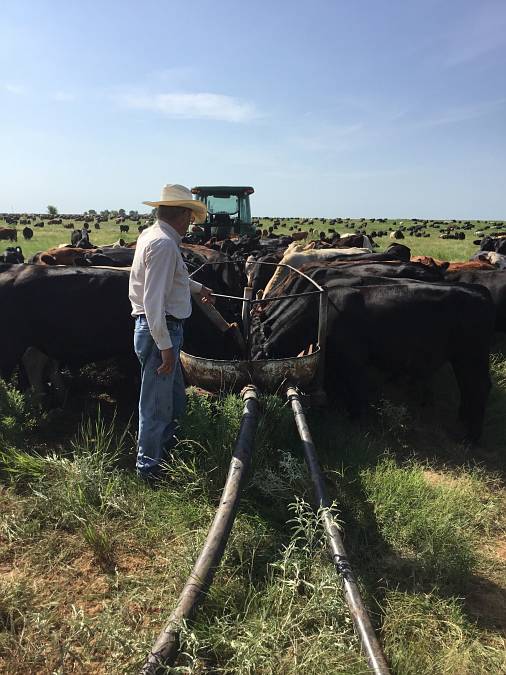
In the fast growing season, the herd is moved 4 -6 times a day depending on the rate of growth of the forage and the quantity and quality of available forage. The average rest or recovery period of any given paddock is a minimum of 50 days and a maximum of 120 days. The importance of the recovery period and animal impact to the overall improvement in range conditions experienced at the ranch in the past 12 years cannot be emphasized enough.
The recovery period allows adequate time for individual plants to grow and controls overgrazing by keeping cattle from returning to the same or preferred plants. Root systems flourish and establish healthier, stable grasses and forbs.
The benefit of animal impact is the result of a concentration of dung and urine adding nutrients back to the soil. Animal impact also provides for the trampling of old grasses and forbs that help keep the soil covered as well as exposes new plant growth to sunlight and disturbs existing seed beds for new growth.
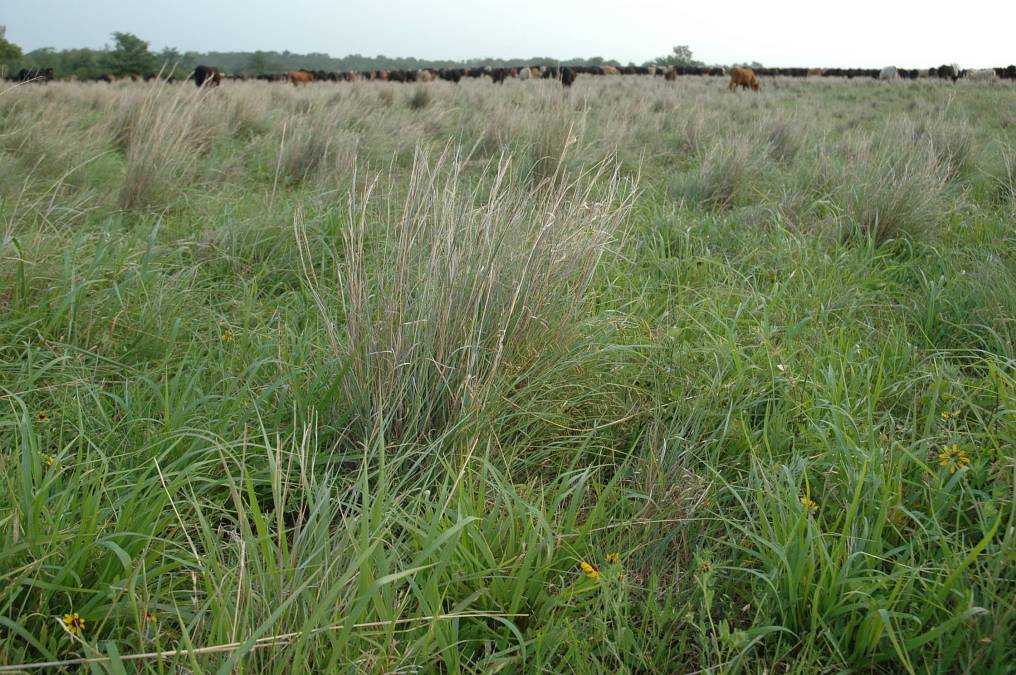
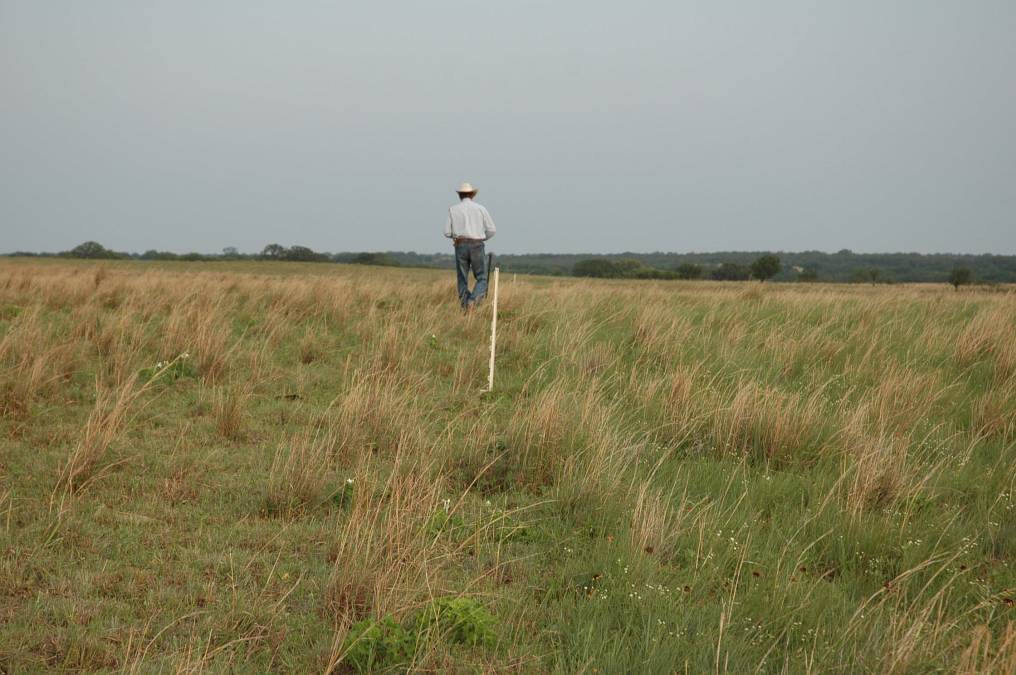

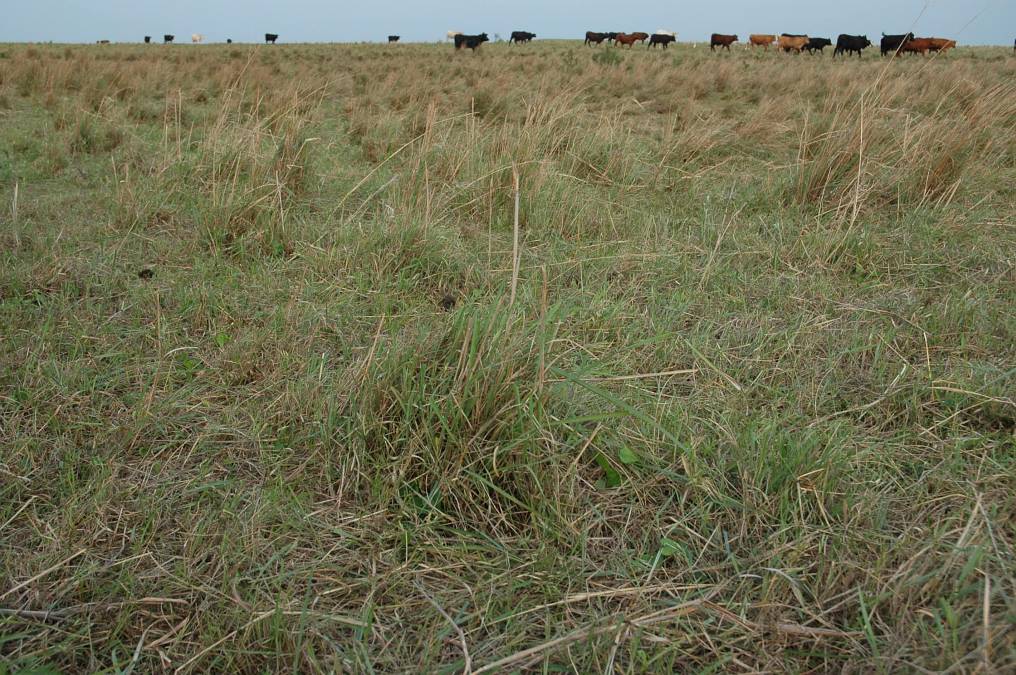
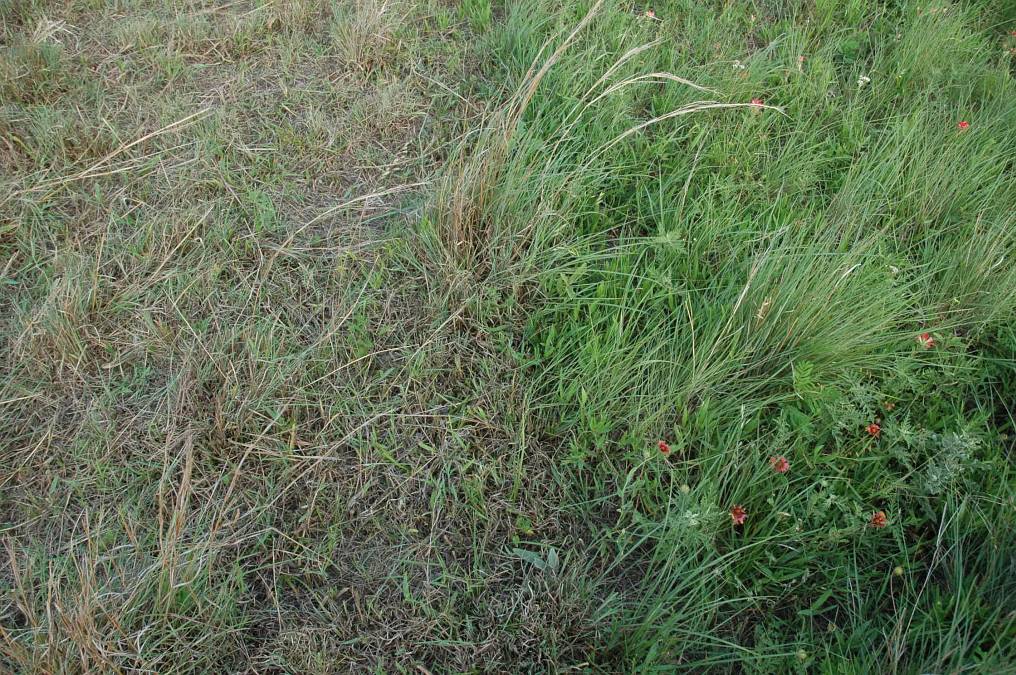
Movement of the herd can be done with only one or two people. Managing a big herd is not labor intensive. It does require focused, planned, observant stockmen who are experienced in low stress handling of livestock.
Watching the behavior of 4,000 – 5,000 head of cattle move peacefully from one paddock to another never gets old. It is fascinating.
